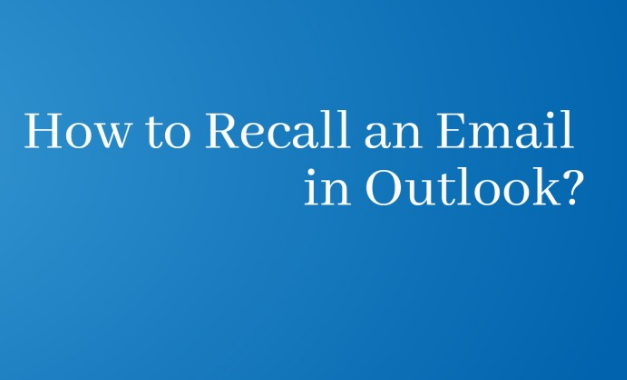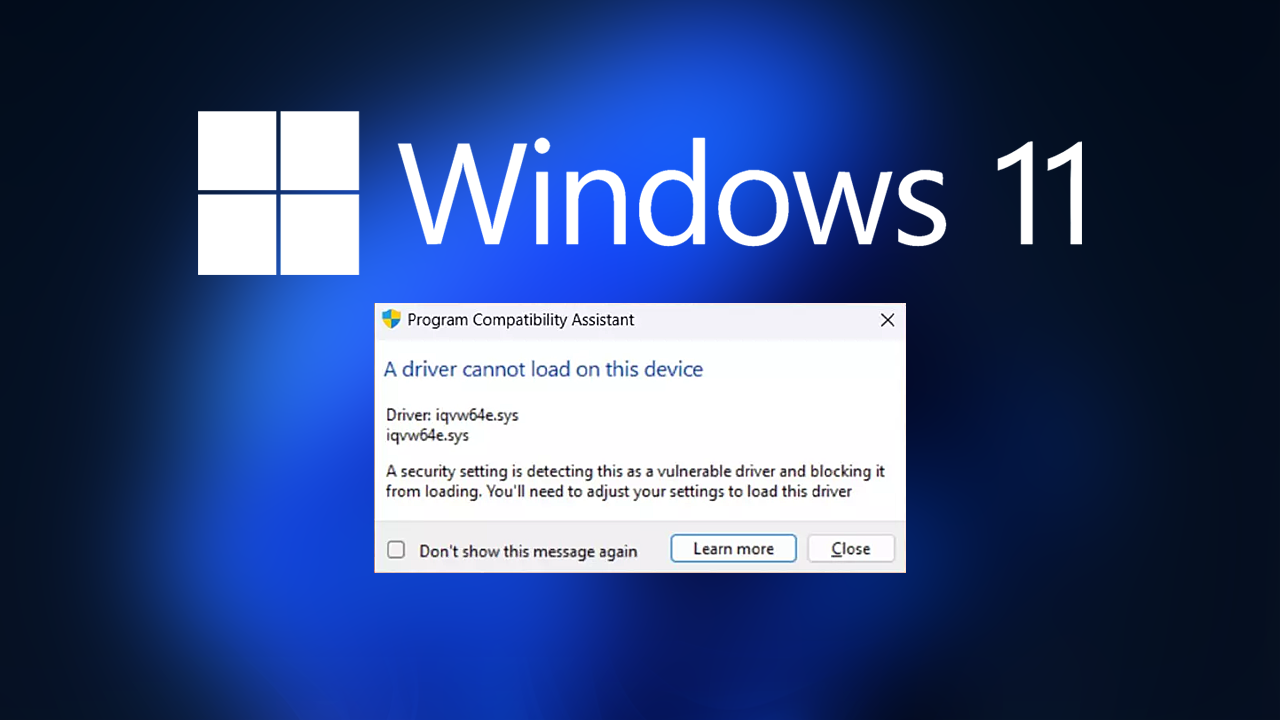Inadvertently sending an email to the wrong person can be an unpleasant experience particularly if the material may be sensitive or in error. However, if your together Microsoft Outlook, there’s an choice that could be able to save your day and benefit you remember the email. The feature lets you endeavor to find a previously sent email even before the recipient has opened the email. But, it’s essential to know how the feature functions and what limitations it has to be able to utilize it efficaciously.
Understanding the Email Recall Feature in Outlook
The recall function in Outlook can be used to recover emails that you have sent to the inbox of your recipient, as long as the following conditions are satisfied. To make the recall effective, both you and the recipient need to have been with Microsoft Outlook within the same company (usually with or connected to an Exchange server) as well as the recipient is not required to yet opened the email.
Important to remember that this feature is available only within the desktop version Outlook but not the mobile or web versions.
Step 1: Open the Sent Email
For a reminder of an email it is first necessary to discover the message you would like to delete. You can follow these steps:
- Open Microsoft Outlook on your desktop.
- Go through your “Sent items” folder from the left menu.
- Double-click on the email you want to remember. The email will be displayed in a new tab.
Step 2: Access the Recall Feature
When the email opens in its own browser Then follow these steps:
- Click on the “Message” menu in the upper menu.
- Click”Actions.” Click on the “Actions” button within the “Move” section (it could be hidden beneath three dots, if your screen isn’t large).
- The dropdown menu will let you choose “Recall This The Message.”
Step 3: Choose Your Recall Options
After you have selected “Recall This Message” the dialog box will pop up with two options.
- delete copies of unread emails This Email: The opportunity can try to erase the message from the inbox of the recipient, as long as they haven’t yet opened the email.
- delete unread Copies and replace with a new message: This choice not removes the message from your original one however it also lets you substitute it with a new version. If you select this option then you’ll be capable of writing a new message as soon as you’ve completed.
Choose the choice which accurate matches your preferences and then click “OK.”
Step 4: Monitor the Recall Status
When you try to retrieve the message, Outlook will notify you about the status of recall. In the email, you will be informed you if the recall succeeded or failed. The successfulness of a recall will depend on many aspects:
- The settings for the recipient’s email: If the recipient has received the email and opened it, recall is not successful. If the receiver’s Outlook is set to auto mark messages as read, then the recall might be unable to succeed.
- Mail Server You and your recipient have to be connected to one Exchange server in order for the feature to function properly. This feature may not be as reliable in the event that an email was delivered to a different address.
- Timing the earlier you try to remember the email you sent more likely are the odds of being successful.
Limitations of the Recall Feature
Although the feature of recall may be helpful but it is not without its disadvantages:
- Different email clients: If the recipient is together another email program than Outlook for example, Gmail or Apple Mail, the recall is not effective.
- Private Folders When an email is delivered to a public folder it will not be effective if someone has already had the chance to read the email.
- Mobile devices: If the recipient is able to sync their email on an mobile device, they could get a notice or a preview of their email, even in the event that the recall works in their desktop Outlook.
- Delay Notifications: Sometimes, even when the recall succeeds it is possible that the receiver will receive a notice of the email that was sent, that can cause confusion.
What to Do If the Recall Fails
If the recall endeavor is unsuccessful, you should follow your contact with the person who received the email for clarification of the problem. Send a revised version of the email, or explain any errors. Being open and honest is a great way to benefit to avoid any issues due to the email’s initial message.
Conclusion
The ability to recall an email within Outlook could be life-saving in some situations, however it is important to recognize the limitations of this feature and act promptly. If you follow the instructions in the previous paragraphs, you may try to recover the email that was sent incorrectly. Be aware that the likelihood of success for the recall of an email isn’t guaranteed and you should double-check all your email before sending in order to reduce the requirement for recalls.


